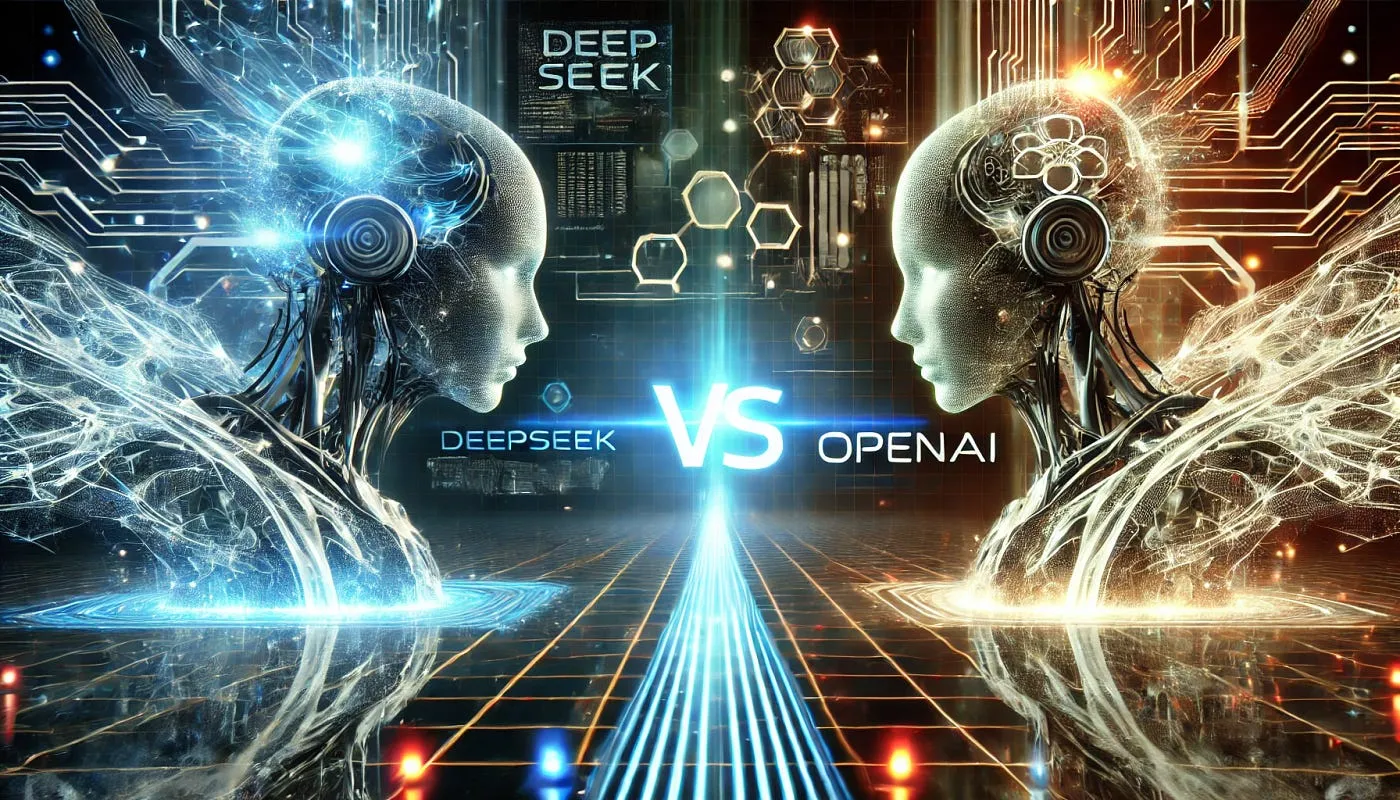In a recent development that’s catching the eyes of industry insiders, a new artificial intelligence model known as s1 has emerged as a significant player. Released in a research paper on February 2, s1 is proving to be a game changer by offering performance that nearly matches the best in the field, but at a fraction of the usual cost.

Striking a Balance Between Cost and Performance
What sets s1 apart is its ability to deliver near state-of-the-art performance while maintaining remarkably low operational costs and using simpler infrastructure. This breakthrough is particularly notable considering the high expenses typically associated with developing competitive AI models. The creators of s1 have implemented an innovative approach by extending the “thinking time” of large language models. This is achieved through straightforward methods such as replacing traditional ending tags with prompts like “Wait.” This simple yet effective strategy enhances the model’s processing capabilities without the need for more complex and costly infrastructure.
Training on a Shoestring Budget
The cost-efficiency of the s1 model is nothing short of impressive. Trained on a distilled dataset of 1,000 high-quality examples from Qwen2.5—a resource developed by Alibaba Cloud—the model utilized 16 Nvidia H100 GPUs. Remarkably, the entire training process lasted just 26 minutes, culminating in a total computational cost of about US$6. This starkly contrasts with the hefty investments usually required by larger models, making s1 a compelling option for those looking to experiment with AI without breaking the bank.

The Bigger Picture: Impact on the AI Landscape
While giants in the field like OpenAI and Anthropic have historically relied on extensive and expensive infrastructure, the introduction of models like s1 illustrates that significant advancements can be achieved within more modest budgets. This democratization of AI technology means that more organizations and individuals can participate in AI development, leading to a broader range of innovations and applications.
However, the rise of s1 also brings to light some potential ethical and legal issues, particularly concerning “distealing.” This practice involves utilizing distilled datasets initially created by other AI systems, sparking a debate over the proprietary nature of data and the ethics of its use in AI development. Industry leaders, including OpenAI, have expressed concerns over these practices, highlighting the need for a balanced approach to innovation in AI technologies.

Looking Forward
As the AI industry continues to evolve, the arrival of models like s1 signals a shift towards more accessible, cost-effective solutions that do not compromise on performance. This could lead to a more inclusive and diverse field of AI research and development, fostering creativity and innovation across various sectors. The dialogue around ethical AI use and data stewardship is likely to intensify, making it an essential aspect of future AI advancements.
In conclusion, the development of the s1 model not only challenges the traditional norms of AI economics but also encourages a rethinking of what is possible within technological and budgetary constraints. As the industry adapts to these changes, the focus will undoubtedly be on how to best balance cost, efficiency, and ethical considerations in the pursuit of the next generation of AI technologies.










